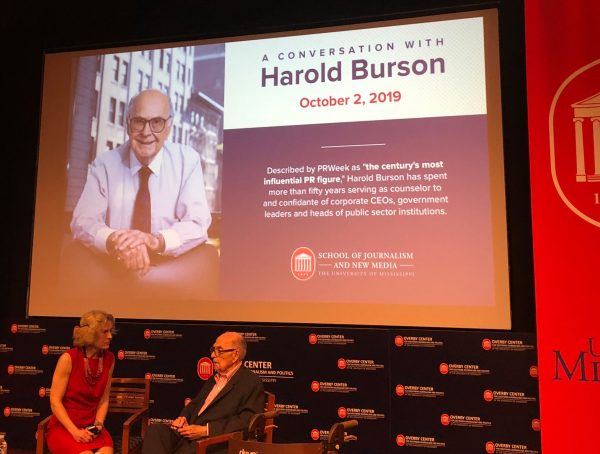 The problem with many news stories is that they’re not really stories at all. They’re a jumble of facts, often in no apparent logical order. What stories need is a focus and structure: beginning, middle and end. That sounds simple enough, but when you’ve gathered a ton of material it can be challenging indeed.
The problem with many news stories is that they’re not really stories at all. They’re a jumble of facts, often in no apparent logical order. What stories need is a focus and structure: beginning, middle and end. That sounds simple enough, but when you’ve gathered a ton of material it can be challenging indeed.
Mark Berkey-Gerard, who teaches journalism at Rowan University in New Jersey, has been exploring ways of helping students think through the process of structuring multimedia stories. On his blog, Campfire Journalism, he shares a few strategies from other educators and journalists that may be useful, including this advice from Mindy McAdams on endings:
A solid, satisfying ending has two parts. They can be called the climax and the resolution, and even though that sounds a bit overblown for a two-minute story. I think you’ll tell a better story if you think of the ending in those terms. The climax is the destination, the place you’re taking the audience, in a straight line from the opening. It will come near the end of the story, but afterward, you also need to provide closure. Make it feel complete. That’s the resolution.
In my view, a strong ending doesn’t just repeat the main point of the story. Unfortunately, weak, redundant endings have become commonplace because they’re easy to write. Just plug the appropriate words into the formula and you’re done: A _____ (determined/committed/jobless, etc) ______ (mother/father/teacher, etc), trying hard to ______ (make it alone/make a difference/find work, etc).
A strong ending needs to button things up. But how? Try one of these approaches:
- Significance –Write a line that says why this story matters. Put the story in context.
- Circular—Write a line that refers back to the lead. It’s often effective to use some of the same words.
- Future—Write a line that says what happens or may happen next.
Let us know if these ideas help and if you have other suggestions to add.








